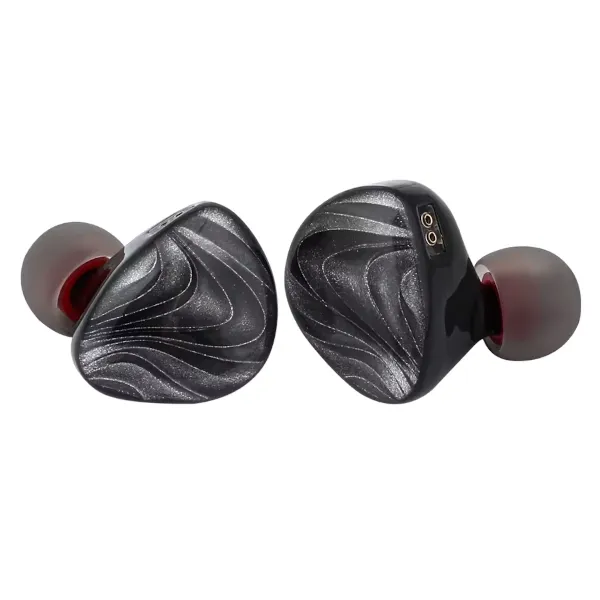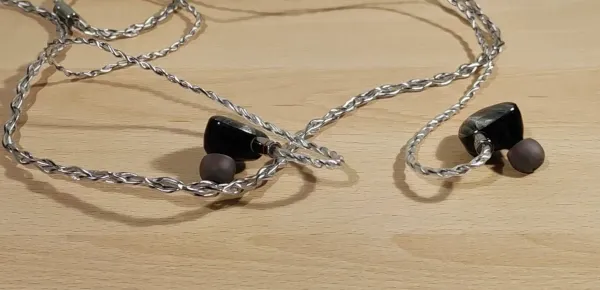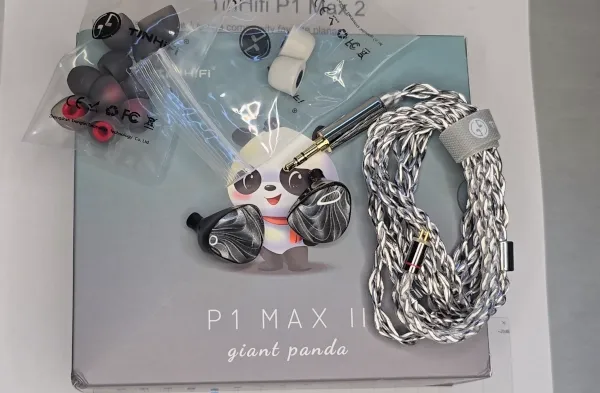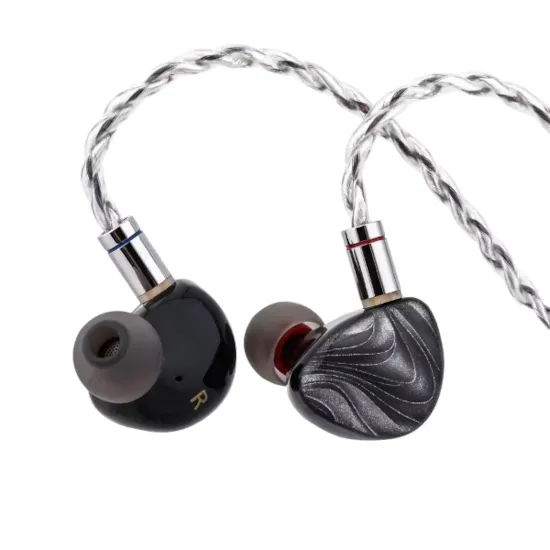TinHiFi P1 Max II Review: Best Budget Planar IEM for Bass and Clarity?
Jun 2, 2025

TinHiFi has been a well-known player in the Chi-Fi audio scene, and with the P1 Max II they are refreshing their line of planar magnetic in-ear monitors. The P1 Max II is a next-generation 14.2mm planar-driver IEM priced around $139, serving as the successor to the original P1 Max (nicknamed "Giant Panda"). It aims to offer both audiophiles and casual listeners a vibrant, fun sound signature with the speed and detail planar drivers are known for.
Specifications
- Driver: 14.2 mm planar magnetic driver (dual N52 magnets, dual-chamber design)
- Frequency Response: 10 Hz – 20 kHz
- Impedance: 16 Ω ±15%
- Sensitivity: ~98 dB @1kHz
- Shell Material: Resin housing with metal nozzle
- Weight: ~3.8 g per earpiece
- Cable: 1.2 m 4-strand silver-plated OFC, 0.78 mm 2-pin, 3.5 mm plug
- Accessories: Multiple silicone and foam eartips, user manual (no carrying case)

Sound Quality
Bass
The standout feature of the P1 Max II is its tight, punchy bass. It delivers an impactful low-end for a planar IEM, with excellent sub-bass extension and mid-bass control. It's fun and energetic without muddying the mids.
Mids
The midrange is recessed, especially compared to its prominent bass and treble. Male vocals retain some warmth, while upper mids (female vocals, guitars) can be slightly forward—occasionally bordering on shouty or thin at higher volumes.
Treble
The treble is sparkly and detailed, but also bright. While it adds energy and air, it may be fatiguing for treble-sensitive listeners. Sibilance can occur, especially at moderate-to-high volumes.
Technical Performance

- Soundstage: Wide but not very deep; good width, average depth.
- Imaging: Accurate and well-separated in simpler mixes; slightly congested in complex tracks.
- Detail Retrieval: Strong; delivers plenty of micro-details thanks to the fast planar transients.
- Dynamics: Best when powered well; lacks impact at low volume due to its sensitivity.
Build Quality and Comfort
The shells are lightweight and well-contoured, making them very comfortable for long listening sessions. The swirling faceplate design looks refined and premium. The cable is durable, low-microphonic, and visually complements the shells. However, the absence of a carrying case or modular cable is a drawback at this price.
Design and Packaging

- Faceplates: Black base with 3D swirl pattern in white/grey.
- Tips: 9 pairs of silicone, 2 pairs of foam.
- Cable: Good quality but only includes 3.5 mm single-ended.
Amplification and Source Pairing
Due to its low sensitivity, the P1 Max II scales noticeably with power. A dongle DAC or DAP with balanced output (4.4 mm) significantly improves soundstage and dynamics. Out of a phone, it's usable, but limited.
Comparisons

vs P1 Max (Original)
- Max II is brighter and bassier, more energetic.
- Original P1 Max was smoother and more relaxed.
- Max II is more fun but can be fatiguing; original is more neutral and safe.
vs LETSHUOER S12 Pro
- S12 Pro has more bass and treble, more V-shaped.
- P1 Max II is slightly more balanced with better mid clarity.
- S12 Pro includes modular cable and case - a better overall package.
vs 7Hz Timeless
- Timeless is sharper, more detailed, but also more fatiguing.
- P1 Max II has better tonal balance and is more forgiving.
- Timeless wins in raw resolution; Max II in comfort and enjoyment.
vs HarmonicDyne P.D.1
- P.D.1 is a planar + dynamic hybrid; richer bass, smoother treble.
- Max II comes close in tone but at 1/3 the price.
- Max II is more accessible and competitive for budget buyers.
Value for Money
At ~$139, the P1 Max II offers strong performance for the price:
- Excellent planar bass
- Great detail and energy
- Comfortable build and sleek design
However:
- No case or balanced cable
- ot for treble-sensitive listeners
Final Verdict

The TinHiFi P1 Max II is a great entry into the planar IEM world, especially for those seeking a fun, energetic sound with fast transients and strong bass. While not without flaws - chiefly its bright treble and lean midrange - it offers a lot for its price. If you're comfortable with a bit of EQ or enjoy low-volume listening, the Max II could be a satisfying daily driver.
Pros:
- Lively, engaging sound signature
- Tight, impactful bass
- Excellent build and comfort
- Good technical performance for the price
Cons:
- Treble can be fatiguing
- Midrange can sound thin or recessed
- No case or balanced cable included
Recommended For:
- Fans of V-shaped tuning
- Listeners who enjoy pop, EDM, rock
- First-time planar IEM buyers
Not Recommended For:
- Treble-sensitive listeners
- Lovers of mid-centric or warm signatures

